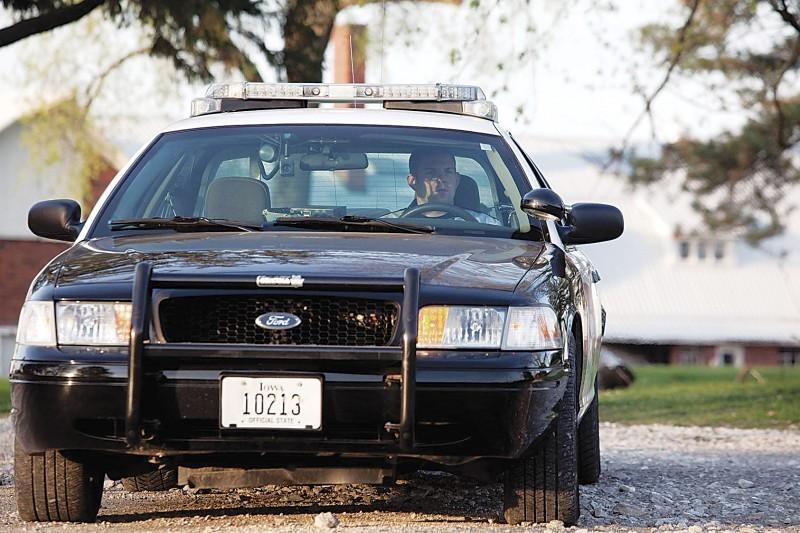How police use social media
We are taught at a young age the numbers to dial in an emergency. However, crime is often underreported leaving skewed statistics in Clery Act reports and making it more difficult for local police to do their jobs in protecting the community
May 14, 2013
In an attempt to ensure the safety of Veishea attenders, this year the Ames police experimented with social media to encourage communication between police and the public.
“We did stick our toe in the water a little bit during Veishea, we set up a Twitter account specifically for Veishea,” said Geoff Huff, commander at Ames police. “And that was mostly just to get real time, quick information out to [the public] about things that may be happening in Campustown.”
The experiment was a success; Ames police now has a Twitter account dedicated to fostering communication with the Ames public.
ISU police is also starting to branch out into social media. Anthony Greiter, community outreach officer for ISU police, has been researching and working toward establishing a positive presence in the social media scene.
“Right now we are looking into getting on the social media sites that are already present, so having a presence on Facebook and Twitter,” Greiter said. “There are a lot of police departments on social media right now, and in my opinion they’re doing a lot of good; reaching a lot of people.”
Greiter was one of the officers that worked with the Facebook page for Ames police’s Frank the Flamingo Vieshea awareness campaign.
“We have probably just over 270 people that like Frank the Flamingo, and through our efforts… we’re able to reach about 5,000 [people] a week,” Greiter said.
Huff said there have been times in the past where parties have been organized on Facebook and Ames police were able to coordinate with dean of students and judicial affairs to contact the hosts.
“A few years ago we had a very large party planned on Facebook, I think it was up to around 3,000 people that said they were going to attend,” Huff said. “The upside was we got some information about where it was going to happen and the people involved. We were able to go out and talk to them… basically said, the likelihood of this being successful for you is very low.”
Social media is used in several ways by police, both for communication and investigations.
“It is a good way to get information out fairly quickly,” Huff said. “We use [social media] in a lot of cases: harassment cases, occasionally sexual assaults. It’s pretty frequent these days that just a routine investigation involves us looking to see what else may be out there in the social media world.”
Many other universities, such as the University of Iowa and Ohio State, have an active police presence in social media, something that ISU police is trying to emulate.
Greiter said part of the difficulty in creating a presence is the generational gap with some of the more experienced officers.
“It’s a little bit less comfortable for them to open up and post things,” Greiter said.
ISU and Ames police both hope to continue fostering social media activity, bridging the gap between students and authorities.
“I’ve been researching social media and police for a couple years now,” Greiter said. “In my opinion it’s been a very positive presence for those departments that are using it properly.”







